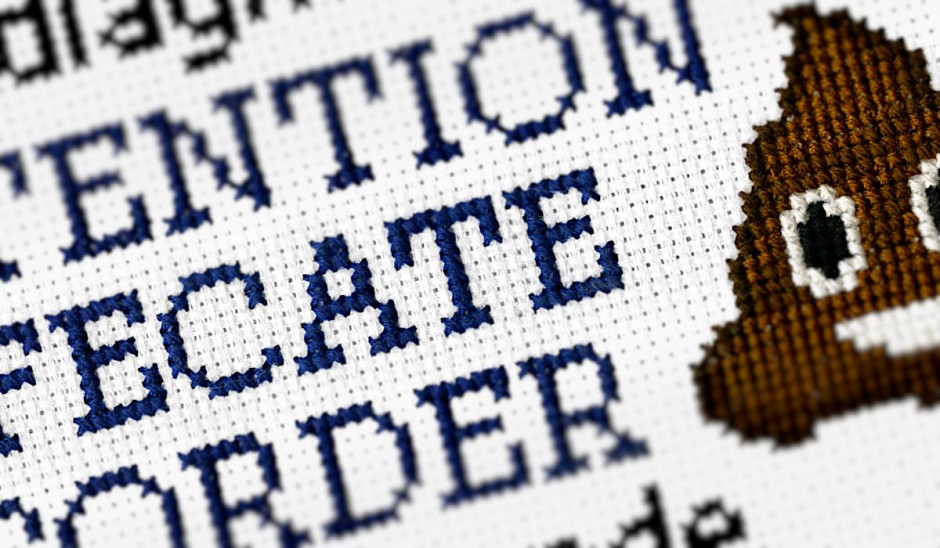On any given day, your professor might get 50 emails. If it’s the day before an assignment is due, that number is more like 100. Your adviser probably gets closer to 120.
In addition to teaching, professors at the University of Missouri also conduct research, mentor students, serve on committees and lead professional organizations.
You matter to your professors; you’re why they’re here. But the way you communicate with them can affect how they view you — and how fast you get a response.
Here are some tips from Mizzou professors and an adviser whose combined experience adds up to more than 150 years of working with students.
I will not be able to attend tommorrows class due to the fact that i have had a 99-102 degree fever for the past 3 days and have not been able to adequtley study and prepare for the exam. … I will also be able to provide a doctors note not proving that what I am saying is true. *
Let Me Google That For You
Carol Martin, senior student service coordinator in the Division of Biological Sciences Advising Office, says students should always try to figure out the answer before emailing a professor. “Don’t waste your professor or adviser’s time if you can find the answer by performing a simple Google search or visiting the MU homepage,” Martin says.
Before composing an email to your professor, check the syllabus. Your professors spend a considerable amount of time creating them.
“I used to get a lot of emails about problems with Blackboard,” says Sheri-Marie Harrison, associate professor of English. “I’m not a Blackboard technician. I cannot help you. But I have an entire section in my syllabus that says, ‘When you have a problem with Blackboard, this is the number you call.’ ”
I am not sure what to fill out for the graduate school application due Jan 10. I went to what I thought was the graduate school application, but from what I take, you have to have a bachellorette’s degree to fill that out. *

Check the Time Stamp
If there is a problem, reach out sooner rather than later, says Ted Tarkow, professor of classical studies and associate dean of the College of Arts and Science. “Don’t keep things to yourself,” he says. “Get advice; get assistance.”
But not 10 minutes before class. And not at 3 a.m. And especially not if you’re angry. Doug Gayou, assistant teaching professor emeritus of biological sciences, will never forget the lengthy, obscenity-filled email he received from a disgruntled student. A minute later, he received a second email asking him to disregard the first. The student had accidentally hit “send.” “But you can’t unsend that,” says Gayou, who retired in January 2015. “Professors have feelings, too.”
Keep your emails respectful and appropriate. “If you’re upset and you write an email, save it as a draft, sleep on it, and then read it again,” Martin says.
Sent at 3:09 a.m.:
I have a concern with one of my classes regarding schedules and times. I was wondering if at all possible if i could change the time of a class? I would really appreciate it because the class is interfering with my eating times and schedules. *

Enough with the “Hey”s
A good email, like any other form of professional communication, should start with a salutation — and not “Hey!” The safest option is “Dear Professor,” which works regardless of your professor’s gender or title.
In the initial email, never address professors by their first name, says Mark Kuhnert, BA ’89, associate teaching professor in the School of Health Professions. “It’s not that we take ourselves that seriously, but it’s just professional and respectful.” Don’t forget to double check that you’ve spelled the name correctly, too.

Check for the Five Ws and One H
Make sure your email includes who, what, where, when, why and how, says Dianna Borsi O’Brien, MA ’93, an adjunct instructor in the School of Journalism and a freelance writer. “In journalism, we’re brief and to the point,” O’Brien says. “If my students would just practice the same rules they learn in class, it would make things easier.”
Each email should include your full name; the class and, if applicable, section you’re enrolled in; and your student number. If you’re asking for an appointment, Martin suggests indicating what you want to discuss and providing several options for times you are available.

Don’t Use Text Speak
Martin recently received an email that was so cryptic she had to ask one of her student staff members to decipher it for her. Your professor isn’t your friend, and an email isn’t a text message. Instead, think about it as a formal letter.
I need to find Leory. I appreciate anything you can do to connect us. Please pass this email along, if it is convenient. *
Say It in the Subject Line
Always use an informative subject line. If you have a question about a specific class project, indicate that in the subject line. “This helps faculty see what you need prior to opening an email,” Martin says.
I want the questions for both quizzes and the answers. *
Close with Courteousness
Close the email in a professional manner: “Thank you for your time” or “Please let me know if you need any more information.”
“When students send emails that are like, ‘This is what I need. Get back to me as soon as possible,’ those are the ones that are off-putting,” Kuhnert says. “And for some reason, it takes me longer to reply to those.
“But when I get an email from a student that is courteous and respectful, it’s amazing how much that affects me. When it’s well-written and has all of the information I need, it’s like click, click, click, I’m done.”
Extend the courteousness to response time, Martin says. Give professors a couple of days to get back to you before sending a follow-up email or stopping in during office hours.
Good evening Mr. Tarkowt. I was referred to you by [another professor] due to an issue and I was wondering if you had anytime on your shelducks to meet wit me ? Thank you *
Read the Email, Twice
Reread the email before sending it. Spellcheck doesn’t catch everything.
“If you can’t send your professor a proofread email,” Harrison says, “how are you going to write memos? How are you going to communicate with your organization?”
But professors also understand goofs. They’ve all sent emails with typos or without the attachment actually attached. “I have a lot of stipulations, but they aren’t intended to be a barrier to communication,” she says. “I never want a student to feel like they’re bothering me with an email.”
Instead, professors see instructor-pupil correspondence as an opportunity to teach students how to communicate professionally.
The graduation pamplet said that I needed to contact my department about graduation participation and receiving honors, I assume this entail things such as sigma kum ladi. *
Don’t Forget to Stop By
Finally, professors want you to know that their door is always open. Although email is a convenient way to reach your professor, it might not always be the best way.
“I’ve noticed so many times that students were emailing me while exiting the class; you can tell from the time the email was sent,” says Roberta Tabanelli, associate professor of Italian. “Why not ask that quick question to me in person? Face-to-face exchanges are much more pleasing, and beneficial to your learning, than emails.”
I was talking to one of my roommates today and she said she met someone who is majoring in Wedding Planning. Is that really a major offered here at Mizzou? *
*This is an actual excerpt from an email from an MU student to a professor.

